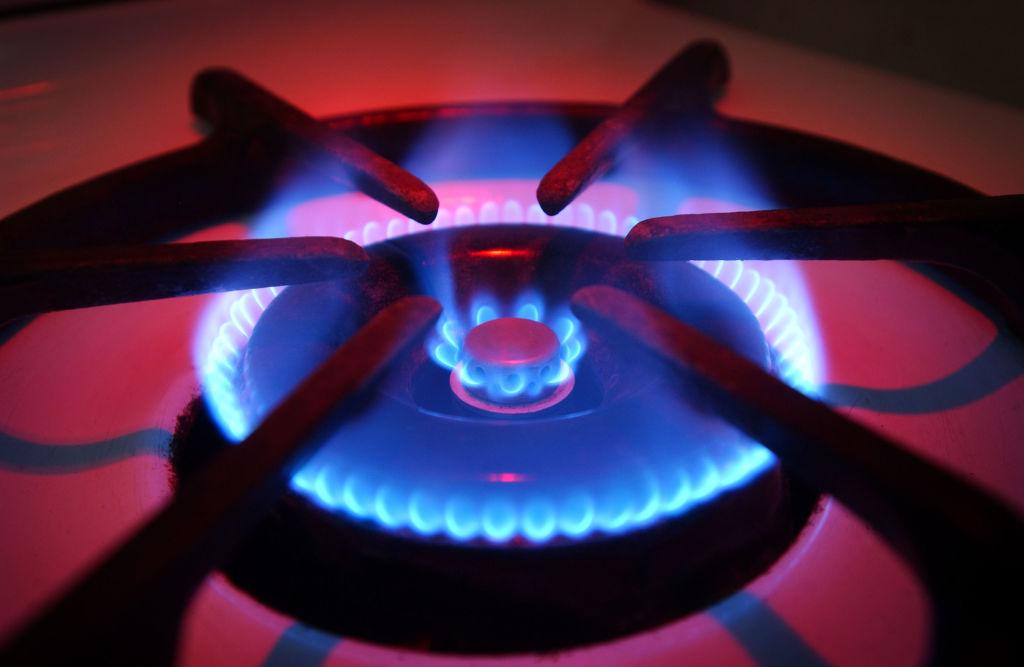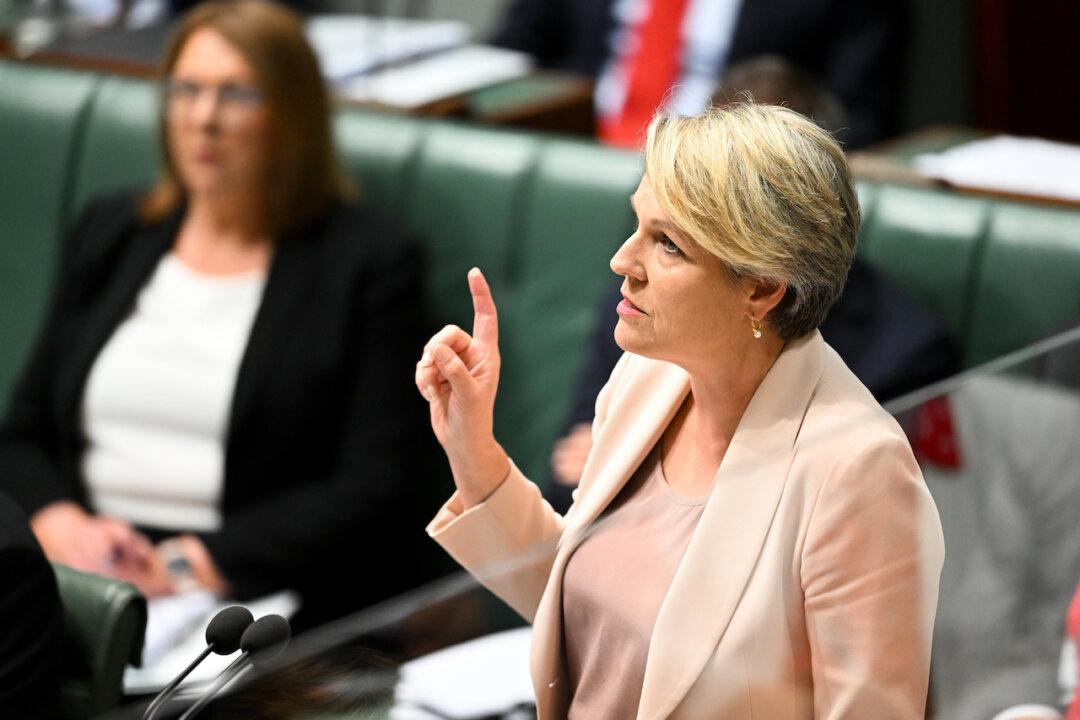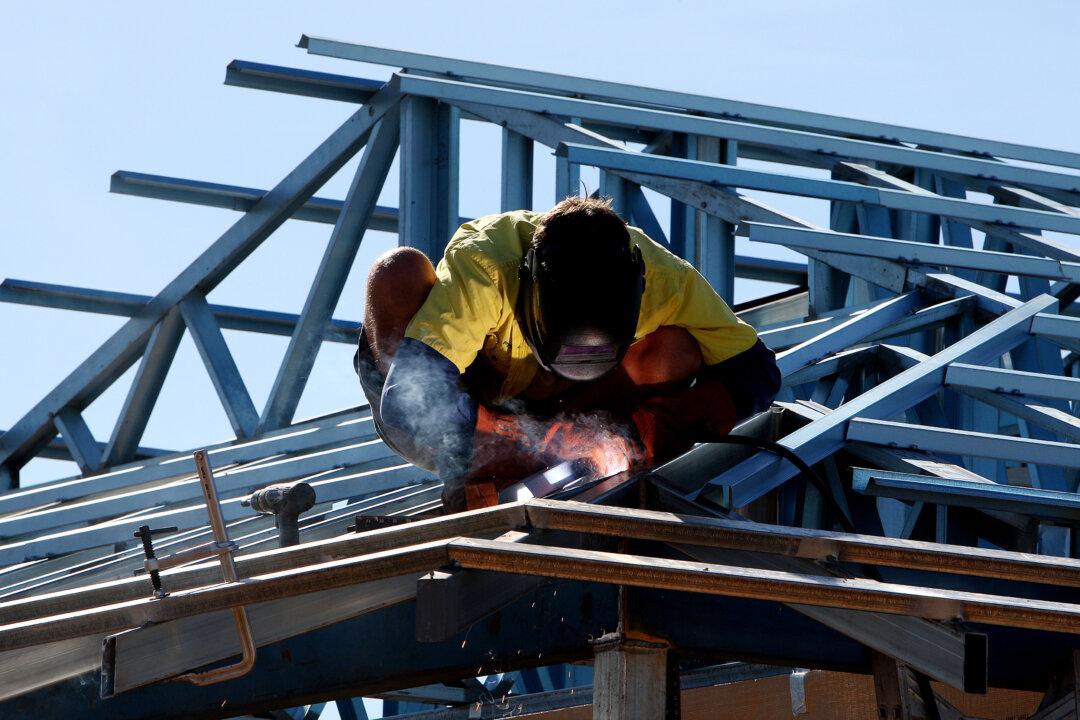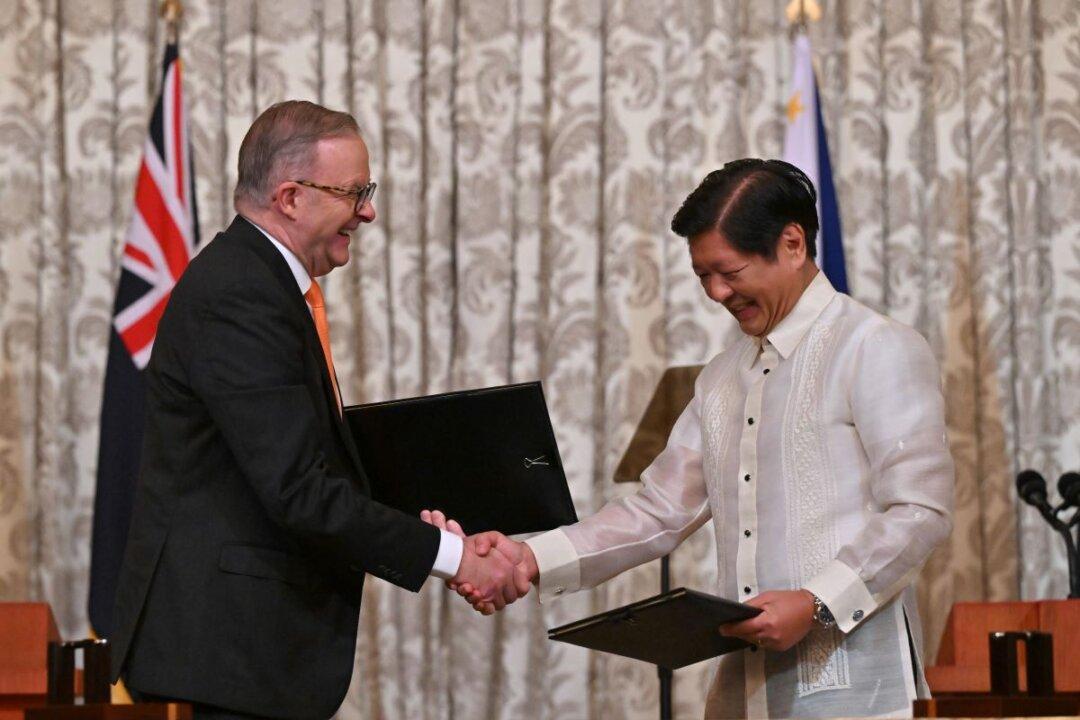Australians could struggle to stay warm this winter after the energy market regulator warned of a potential gas shortage.
Daniel Westerman, CEO of the Australian Energy Market Operator (AEMO), said that as the country transitioned to net-zero, the southern—and colder—states of New South Wales, Victoria, Tasmania, the Australian Capital Territory and South Australia could be affected.




